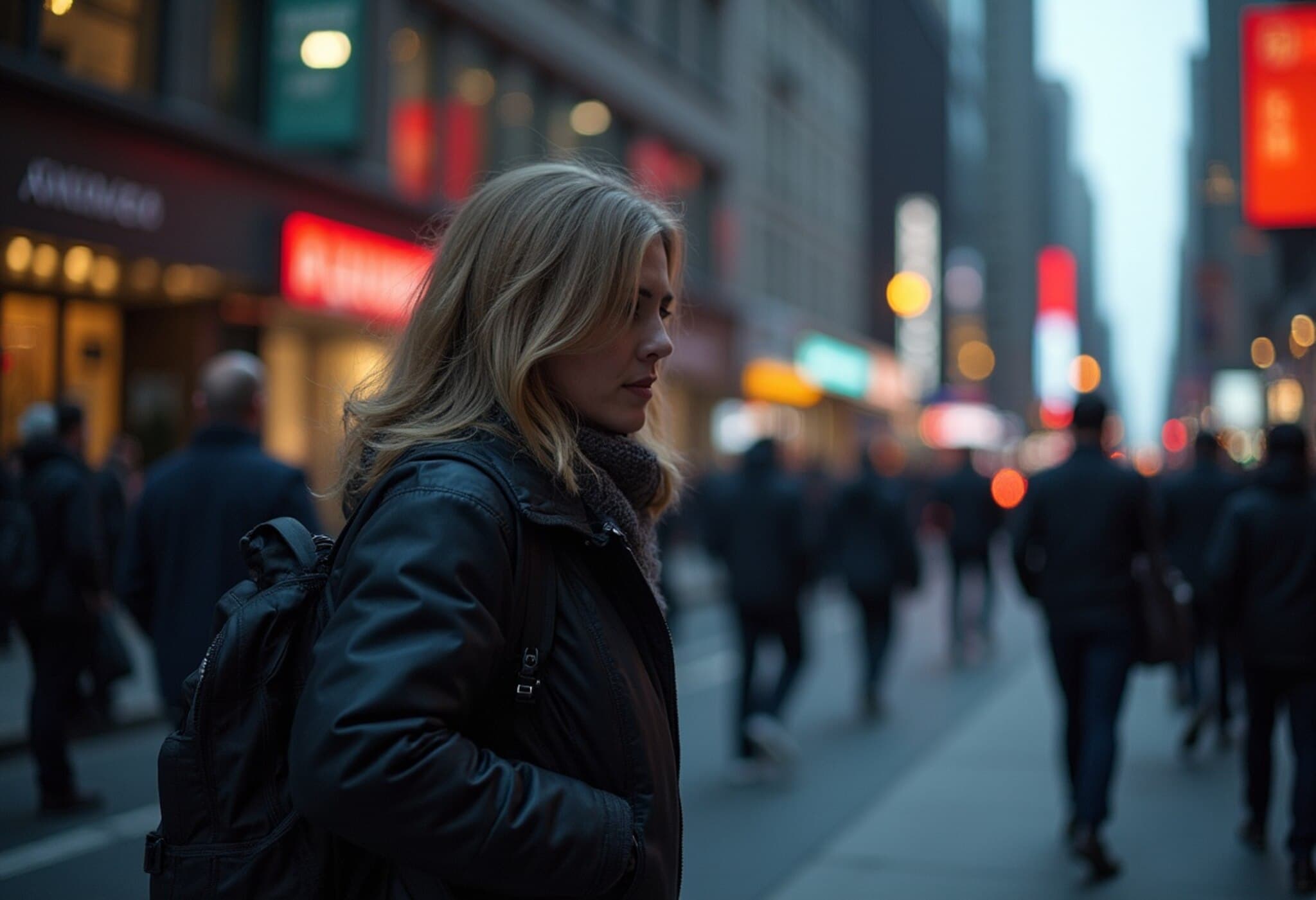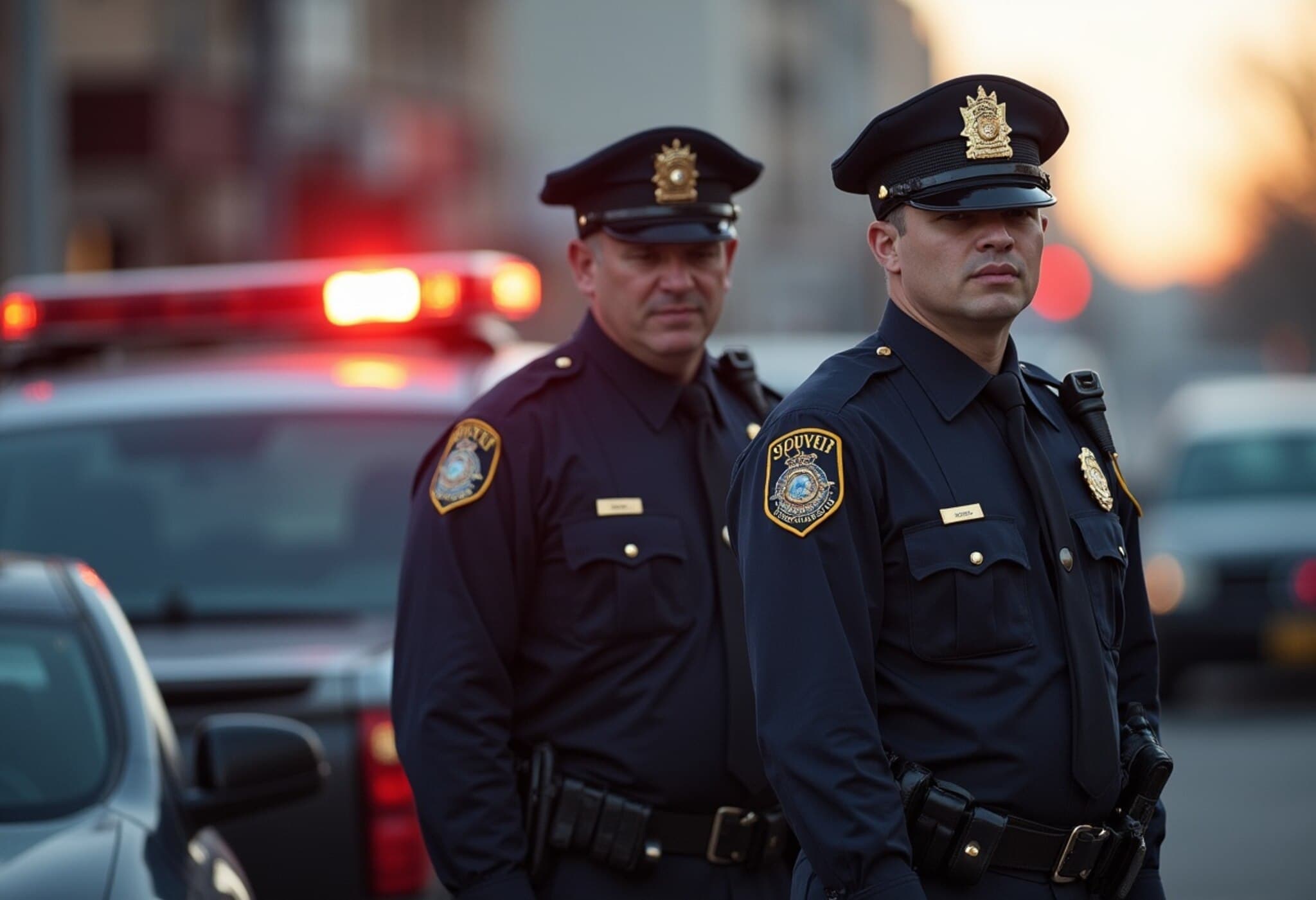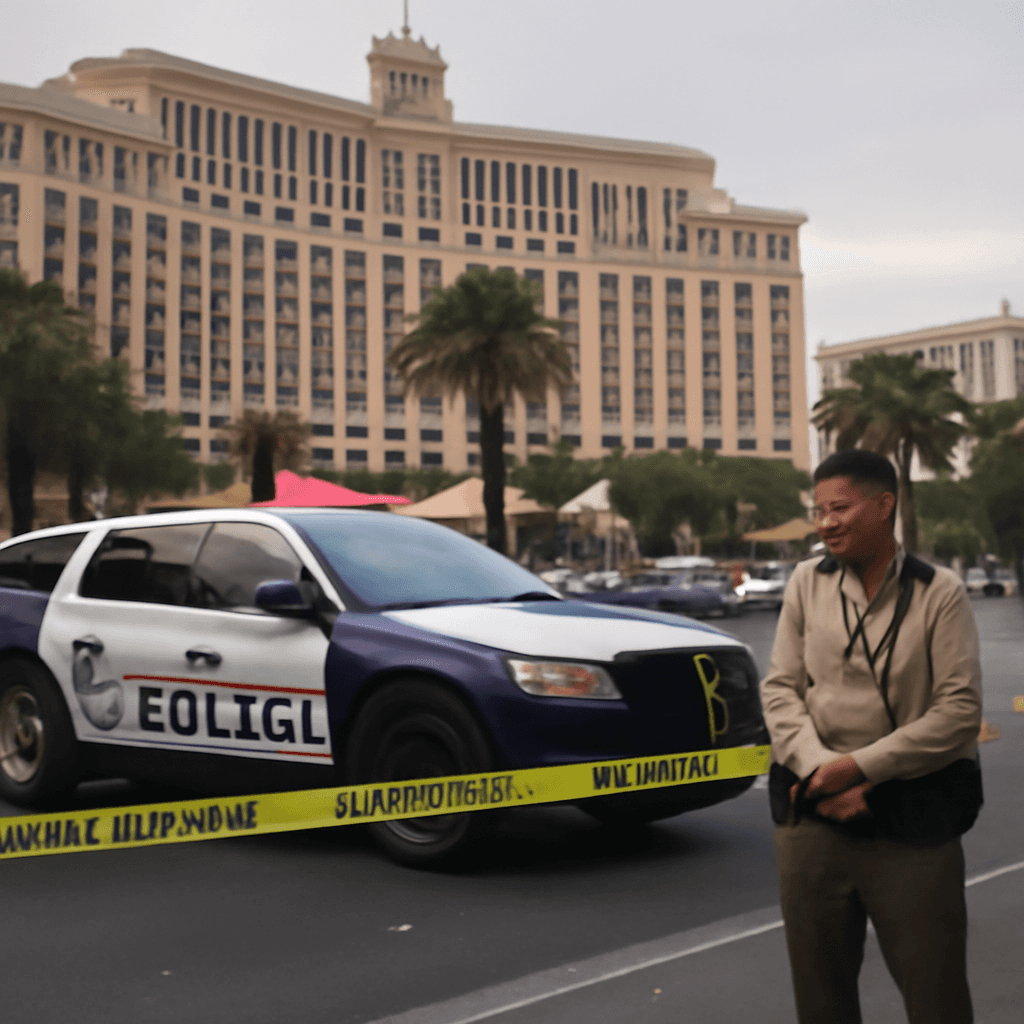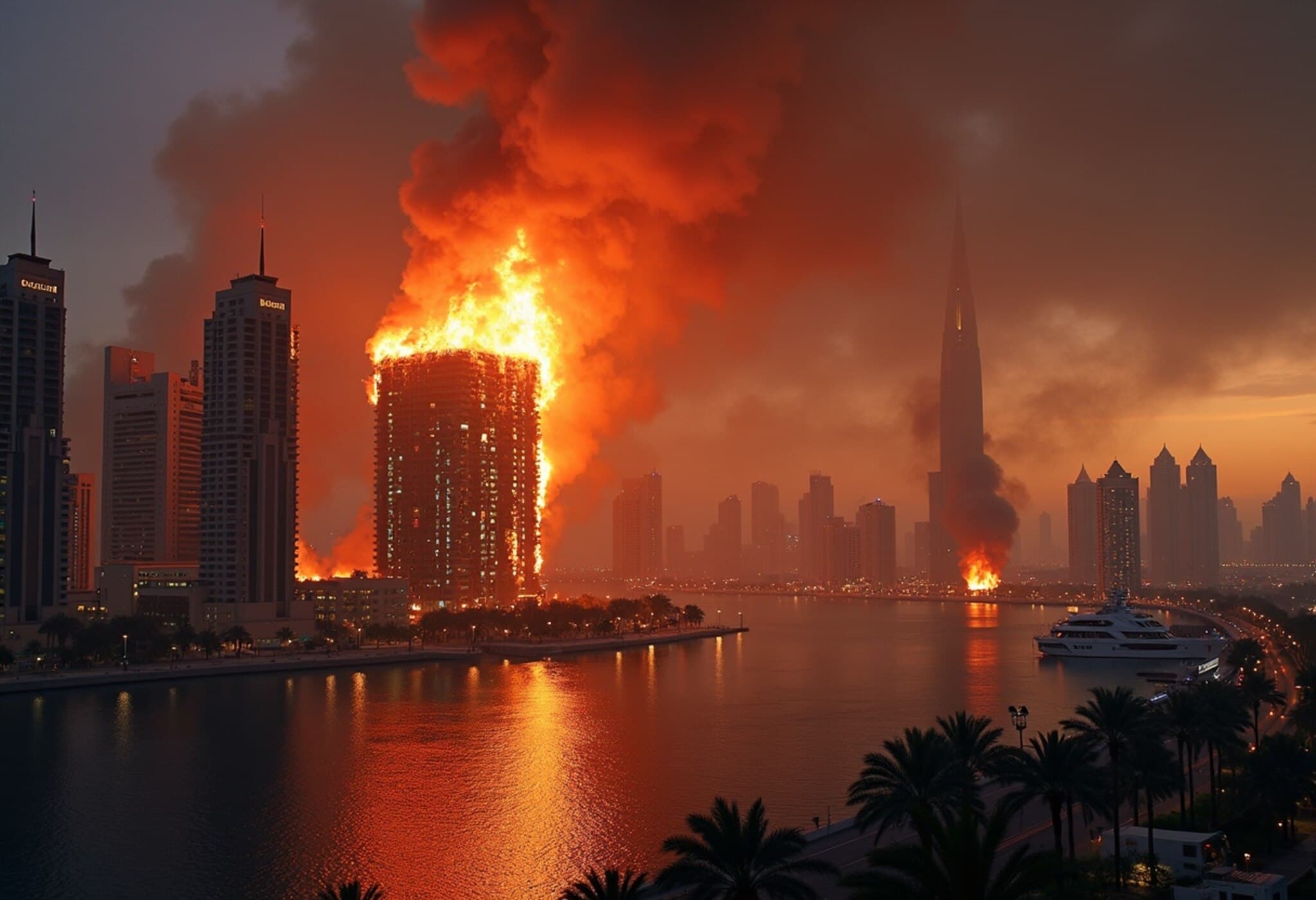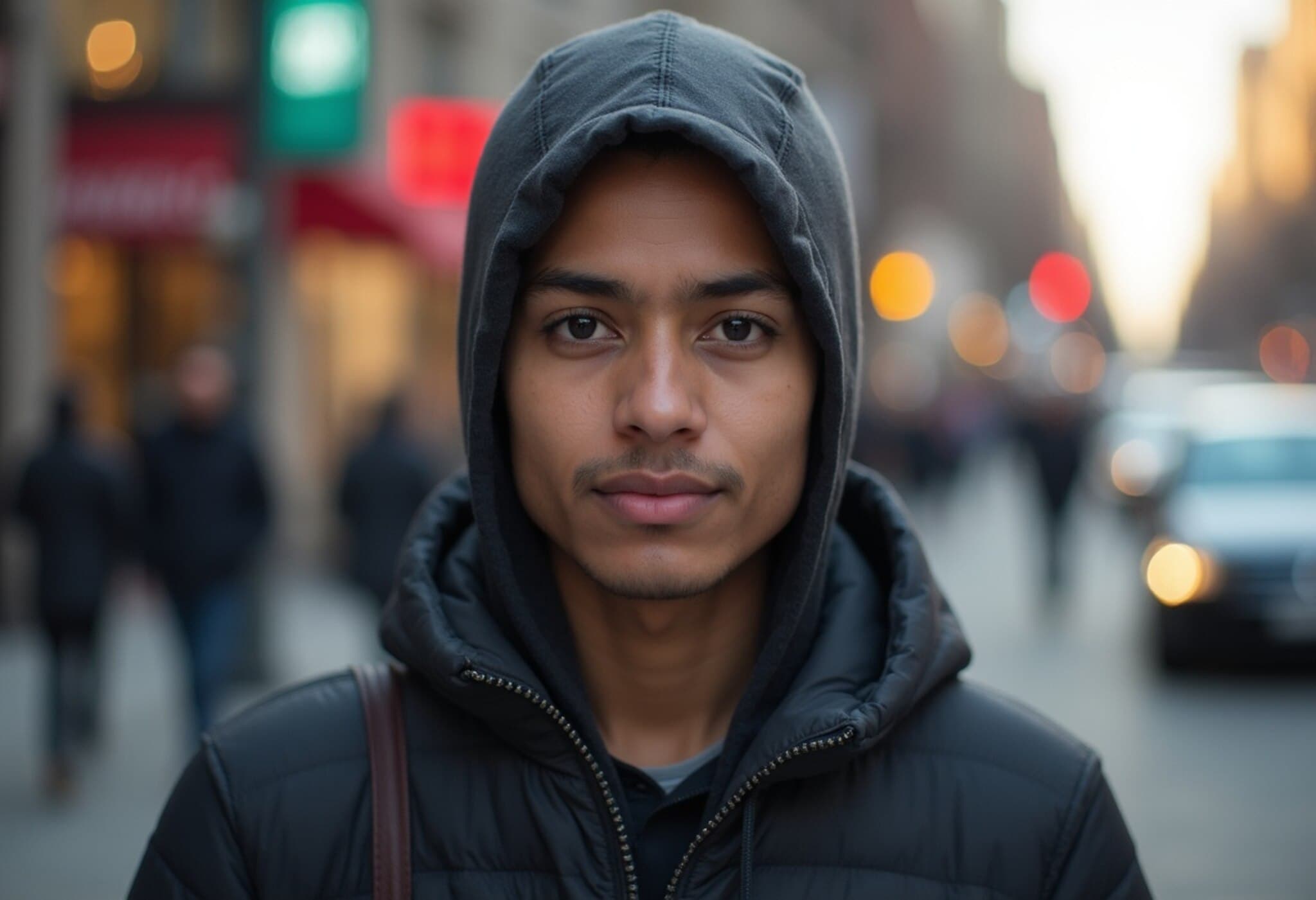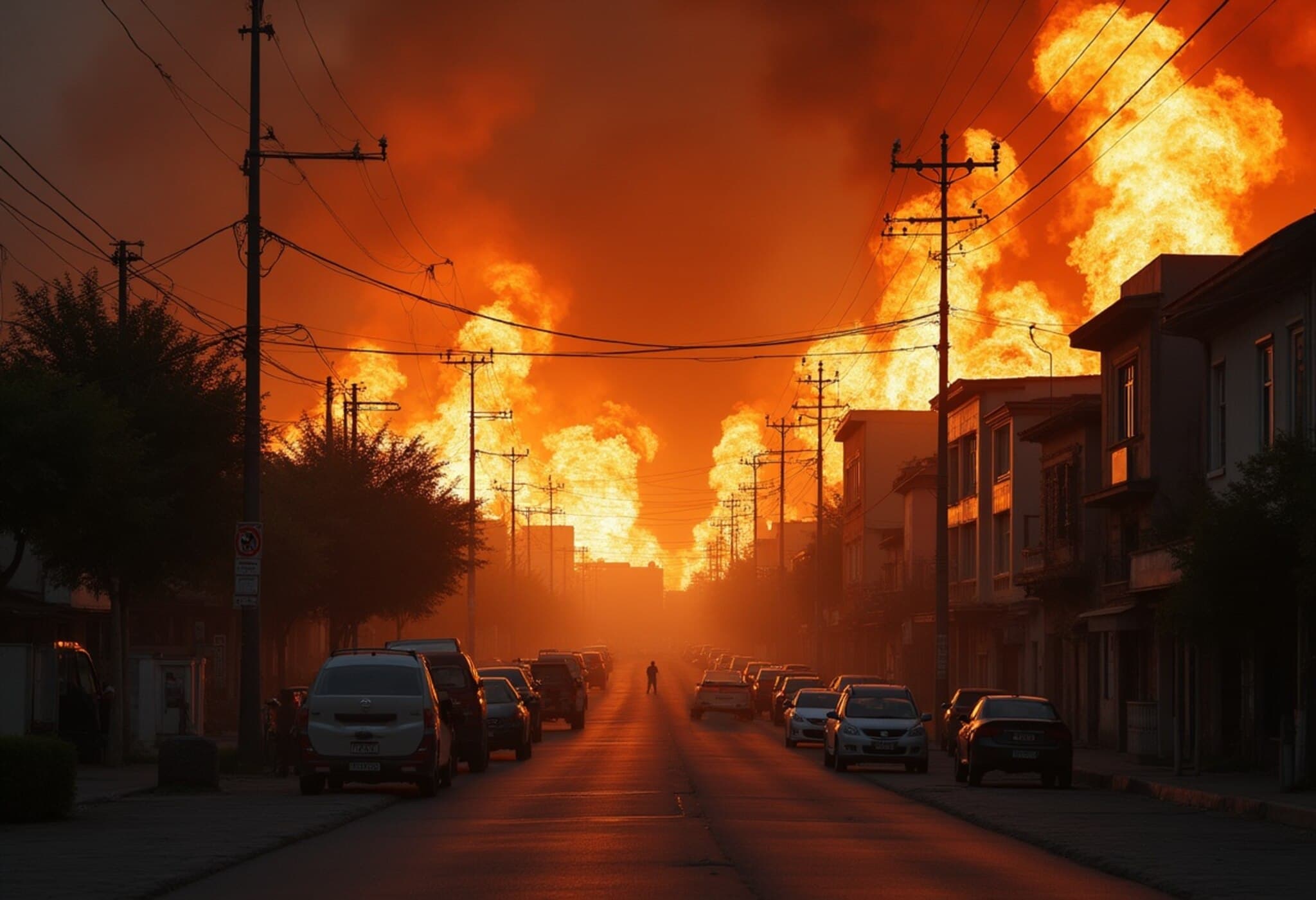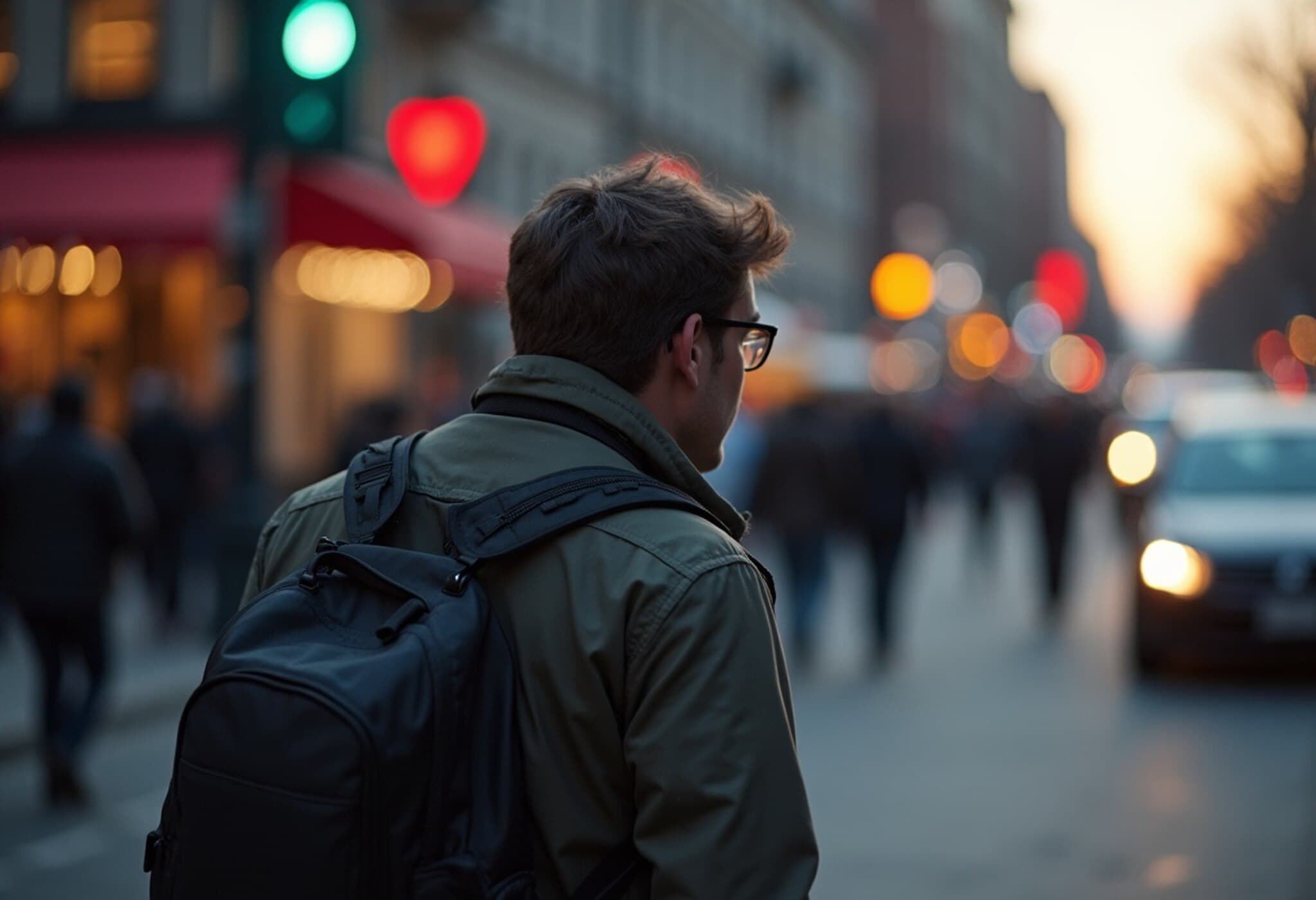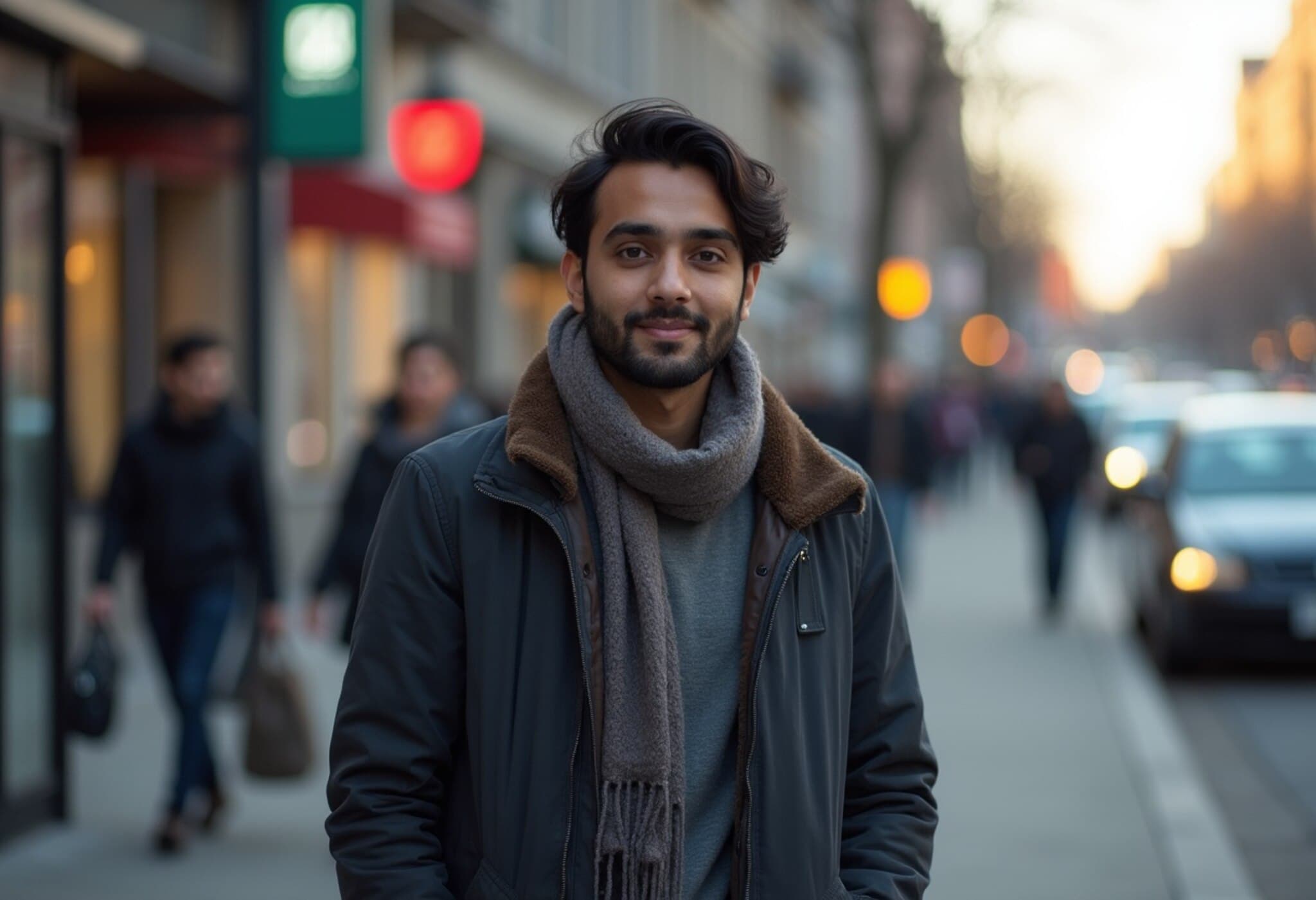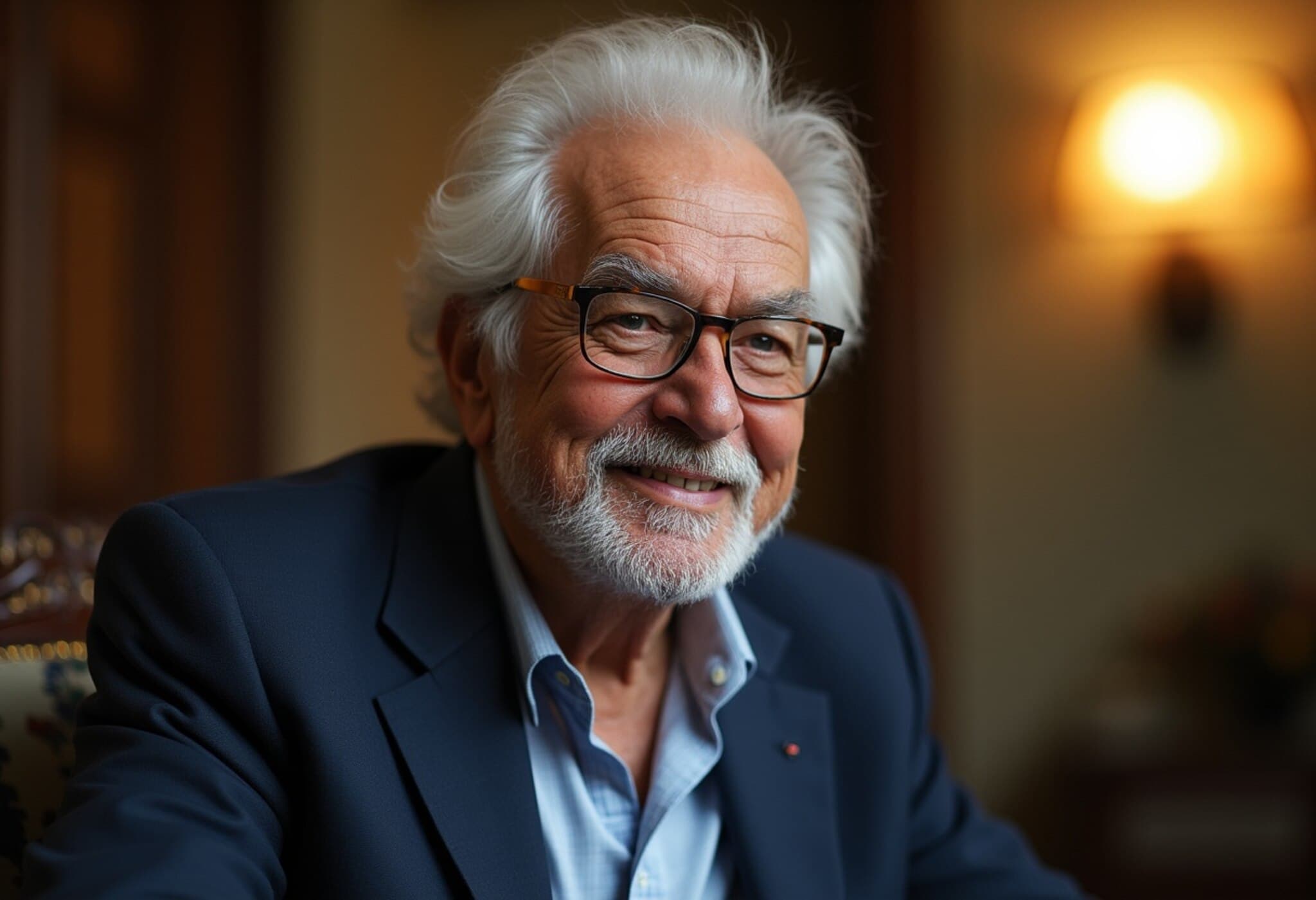Tragic Shooting Rocks New York City Skyscraper
On July 30, 2025, a harrowing act of violence shattered the calm of a bustling New York City skyscraper, leaving four people dead and a community grappling with shock and sorrow. What initially appeared as a calculated rampage now raises questions about the perpetrator’s actions, including a reportedly critical mistake: the gunman is believed to have taken the wrong elevator to the wrong floor.
Details of the Shooting Incident
According to law enforcement sources, the gunman entered the building with apparent intent to commit targeted violence. However, he mistakenly rode the elevator to a different floor than initially planned, where the tragic shooting unfolded. This unforeseen error did not prevent the devastation but complicated the understanding of his motives.
Victims Remembered
The victims, whose names have not been publicly released out of respect for their families, are being memorialized by friends and loved ones who described them as vibrant members of their communities. Vigils and informal gatherings have sprung up near the site, offering spaces for collective grief and solidarity.
Community and Expert Reflections
This incident is a painful reminder of the ongoing challenges urban centers face concerning gun safety and mental health intervention. Experts stress the need to analyze not only the immediate causes behind such attacks but also the systemic factors that contribute to such tragedies.
- Gun safety laws: Despite new regulations, experts warn of loopholes and enforcement challenges in densely populated areas.
- Mental health support: Calls grow louder for improved access to mental health care to prevent similar incidents.
- Security protocols: Building security increases are being discussed to better monitor and restrict unauthorized access to sensitive areas.
Underreported Narratives and Broader Implications
While media attention often centers on immediate violence, underlying societal issues such as isolation, workplace stress, and access to firearms merit deeper public discourse. Historically, missteps—like taking the wrong elevator—highlight the unpredictability inherent in such acts and challenge conventional profiling of perpetrators.
What’s Next?
Authorities continue their investigation, seeking to fully understand the shooter’s background, motives, and any possible warning signs missed before the attack. Meanwhile, local officials and community leaders encourage residents to remain vigilant and foster environments where individuals struggling with distress can find support before it escalates into violence.
Editor’s Note
As families mourn the loss of loved ones in this New York City tragedy, it compels us all to reflect on the multifaceted nature of urban violence. Beyond grief lies a critical need for proactive societal measures—strengthening gun control, amplifying mental health resources, and enhancing building security—to safeguard communities. This incident challenges us to ask: How can systems better detect and deter such tragedies before they unfold?

